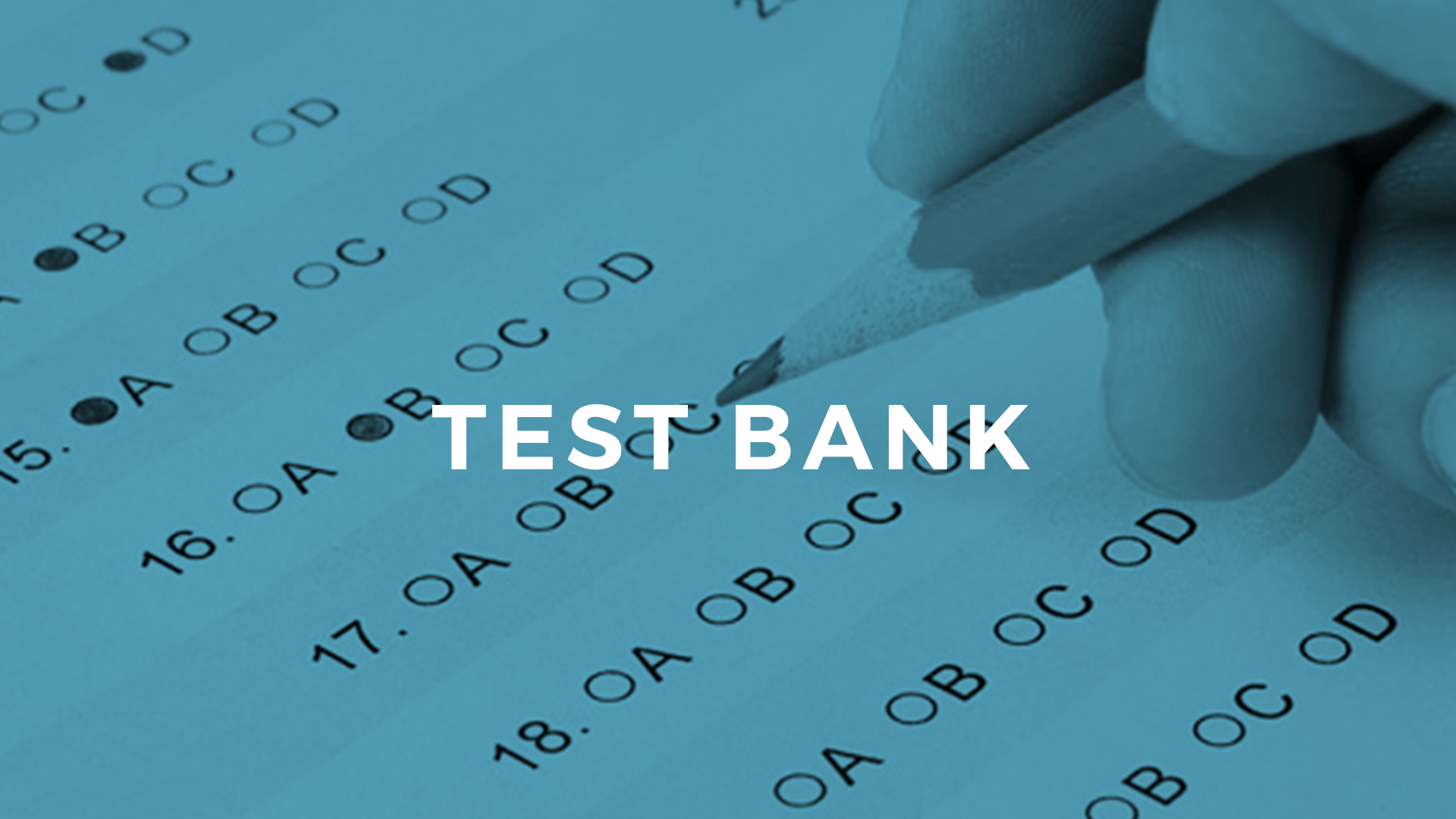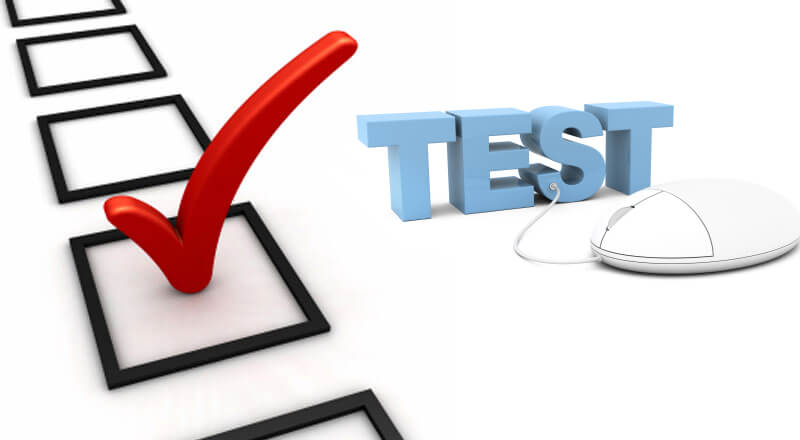Test banks are a great way to prepare for exams. They can help you by providing you with a variety of questions that may appear on the test, as well as detailed answers and explanations for each question. The best thing about test banks is that they let you practice for an exam without actually taking one! This means that you can get all the benefits of studying without having to worry about taking up precious time during your busy schedule. The best way to prepare for an exam is by practicing with sample test questions. Test banks are a great way for students to do just that. They contain a wide variety of questions that have been used on previous exams, so you can get an idea of what types of questions might appear on your own exam and what types of answers are expected. You can visit https://exam-banks.com for a more detailed overview of this platform. However, there are some tips that will help you get the most out of using test banks:
Use
test banks to practice.
One of the best ways to use test
banks is to practice with them. By using a practice test, you can not only get
used to how the questions are written but also identify your weak areas and
learn from them. This will help you on exams where there is no choice of what
questions you get asked and thus no way for you to prepare yourself for any
particular question.
For example, if the test bank has a
section on trigonometry, then it's likely that trigonometry will be tested on
an exam in some form or another. If this section was easy for you, then great!
You'll have more confidence when facing other questions based on trigonometry
that appear in later tests. On the other hand, if this section was difficult
for you and/or if it contained concepts that weren't covered in class or
textbooks (and thus were unfamiliar), then at least now there's something
specific about which you can focus and
review in more depth prior to the exam.
1.
Familiarize yourself with the test bank ahead of time.
The first step to using test banks
effectively is to familiarize yourself with the format and content of the test
bank. The more you know about your test bank, the better prepared you will be
for your exams. This will allow you to estimate how much time it will take for
you to complete each section and whether or not there are any gaps in coverage
between chapters that need further study. Once you determine which topic areas
are covered within your courseware materials, examine those same chapters
within your textbook or other course materials so that when taking notes from
them later on during preparation time (which most people don't do), they'll
already be familiarized with what's being taught rather than having learned
things from scratch! In addition, knowing what's going on inside these
textbooks can help reduce stress levels, too, because sometimes professors
throw curveballs at us without warning, so it's a good idea before starting
studying to make sure everything fits together smoothly.
2.
Make sure you understand the material before attempting to use the
test bank.
It is extremely important that you understand the material before attempting to use any test bank. If you do not know the material well, then how will you know whether the questions in your practice test are similar to actual tests? This can cause major issues when it comes time for your real exams, and you try to use this resource without knowing what it is like or understanding why a question would be asked in an exam. For this resource to be effective, you need a strong foundation of knowledge for it to be useful as a study tool. Without that foundation, there is no way that using these resources will help improve your skills in any meaningful way.
3.
Practice answering questions from the test bank to get an idea of the questions
on the exam.
You can use the practice questions
in a test bank, like those at Khan Academy or online at Testudo, to become
familiar with your professor's thoughts and the types of questions you might
encounter on an exam. Once you start seeing how they're written and answered,
it'll help you better prepare for when they come up during your own study
sessions.
4.
Use the test bank as a supplement to your studying rather than a substitute for
it.
The test bank is an excellent tool
to use to help yourself on your exams, but it should not replace the study you
put in before and during the exam. It can be used as a supplement to that
studying by using it to practice, but there are still some things that you
should do when using a test bank.
For example, if you don't understand
something within a question or answer choice, review further into the material
until you understand what is being asked of you. Similarly, if concepts from
different chapters may be tested on an exam and appear together in one
question, then make sure that those concepts are reinforced by going back and
reviewing them in more depth than just skimming over them once again.
5.
Pay attention to any feedback or hints provided with each question in the test
bank.
If you're using a test bank, it will likely provide some sort of feedback for incorrect answers and/or explanations for correct ones. This can be a great way to learn more about what is expected on an exam and ensure that you understand the material properly before attempting to use the test bank as your main study guide. However, keep in mind that just because a question has been answered incorrectly doesn't mean you got it wrong; the answer may just not have been specific enough for them to know how much information was needed to solve it correctly (and sometimes this happens even when people do their own studying).
Final
Thoughts:
Hopefully, these tips have helped
you to better understand how test banks can be used in your study habits.
Although they may seem like a simple tool, they can be very helpful in
preparing for exams and improving your test-taking skills. By using them as
practice tools and learning from your mistakes, you will be able to perform
better on tests and succeed academically at any level.



Comments
Post a Comment